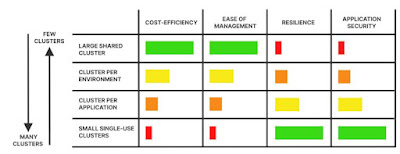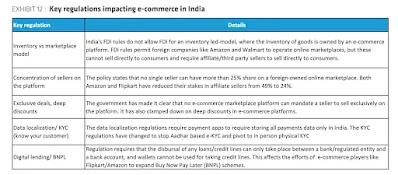This Week I Learned - Week #37 2022
This Week I Learned - * Articles on docs.microsoft.com now redirect to learn.microsoft.com * JSON Crack generates graph diagrams from JSON files and makes them easy to read. * Ujaval Gandhi has shared the full course material for " Mapping and Data Visualization with Python ", a comprehensive guide for creating static and dynamic visualizations with spatial data. * AI4Bharat was set up as an initiative of IIT Madras to build open-source language AI for Indian languages. * There is a tradition in China of zhuansong, or re-gifting . It may be regarded as vulgar in other cultures, but in China re-gifting is widely seen as a compliment, enhancing the status of both the giver and the recipient. * Mango is the national fruit of the Philippines. * Nightingale is Iran's national bird * Barley's glycemic index score of 28 is the lowest of all grains. Millets have a low glycemic index, ranging from 54 to 68 in Foxtail Millet (Italian Millet, Kangni / Kakum in Hindi), P






